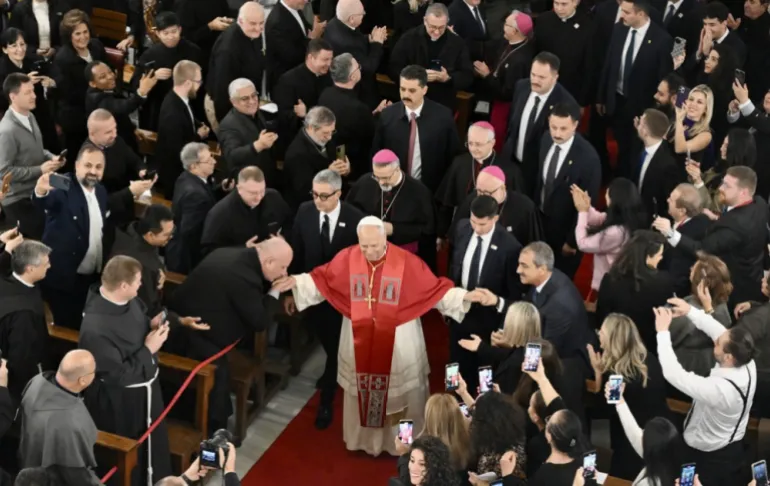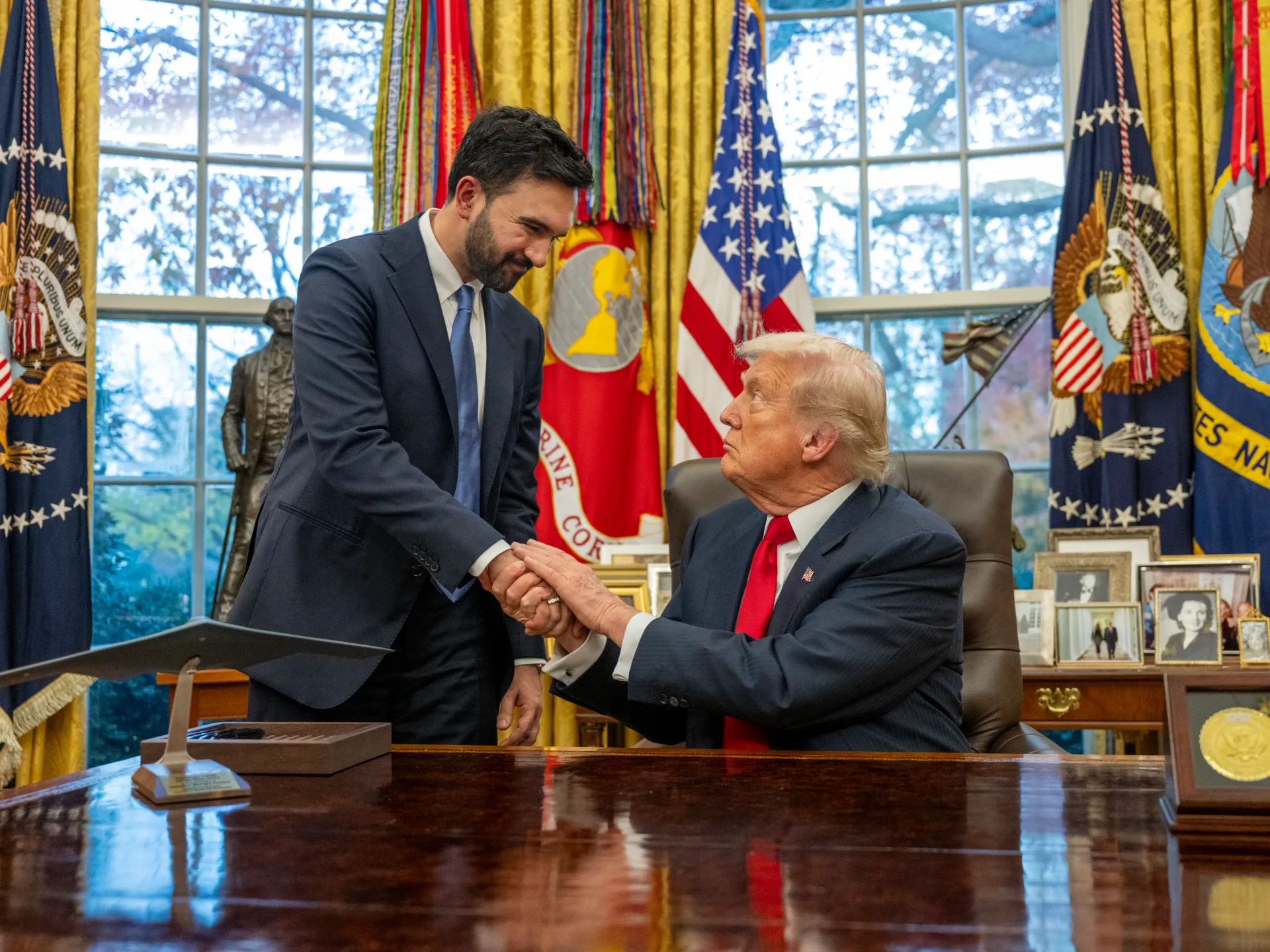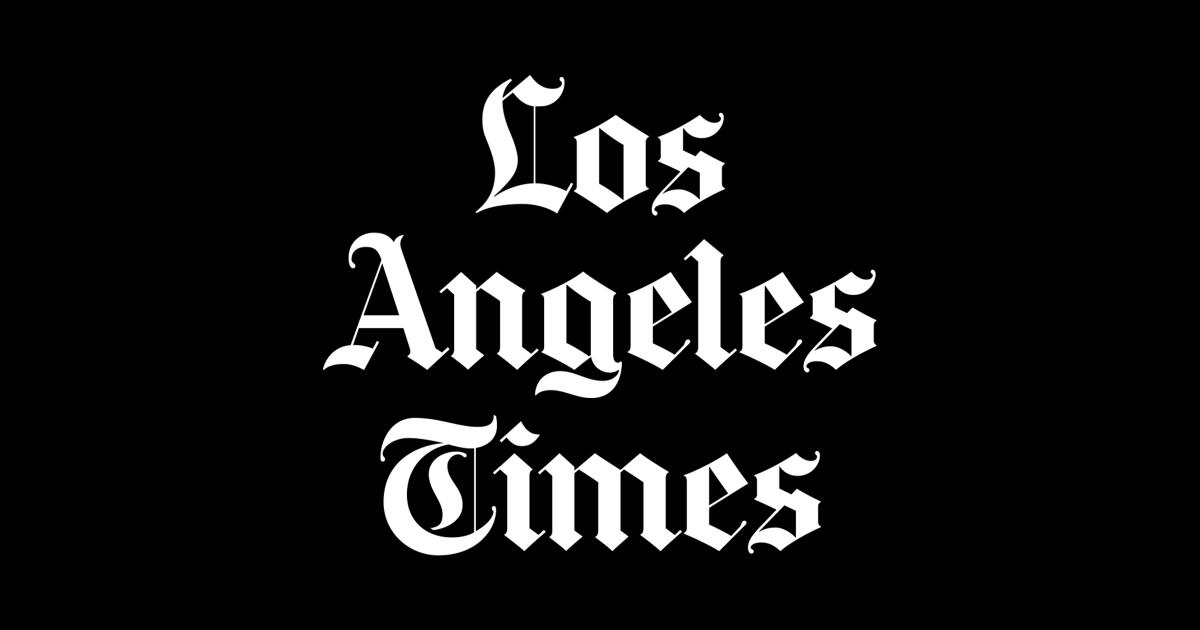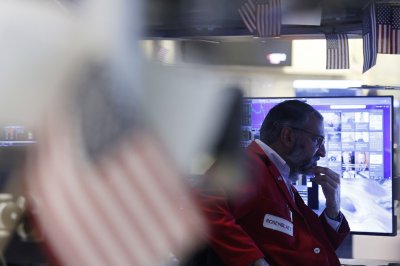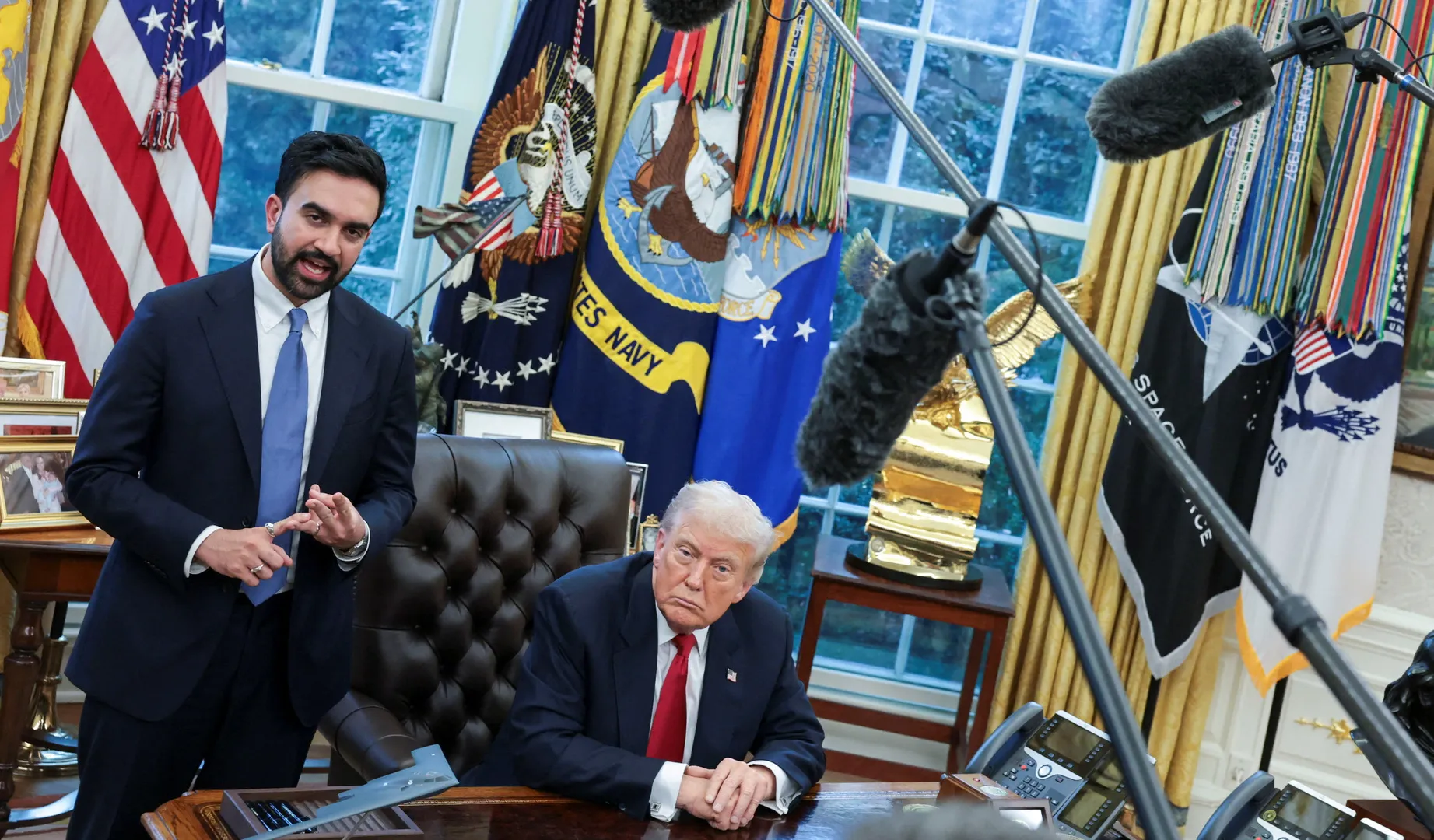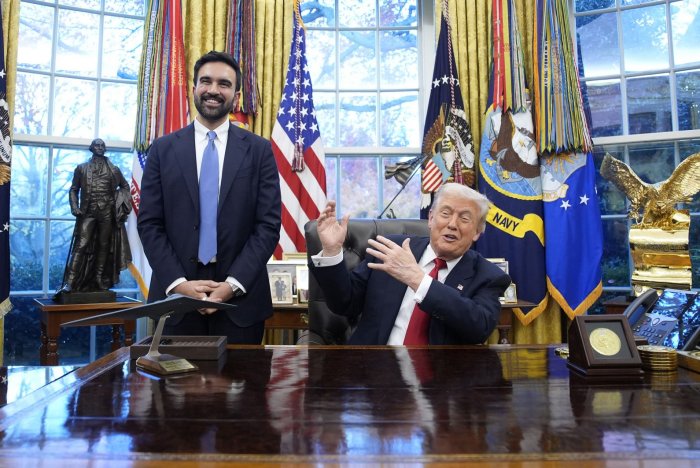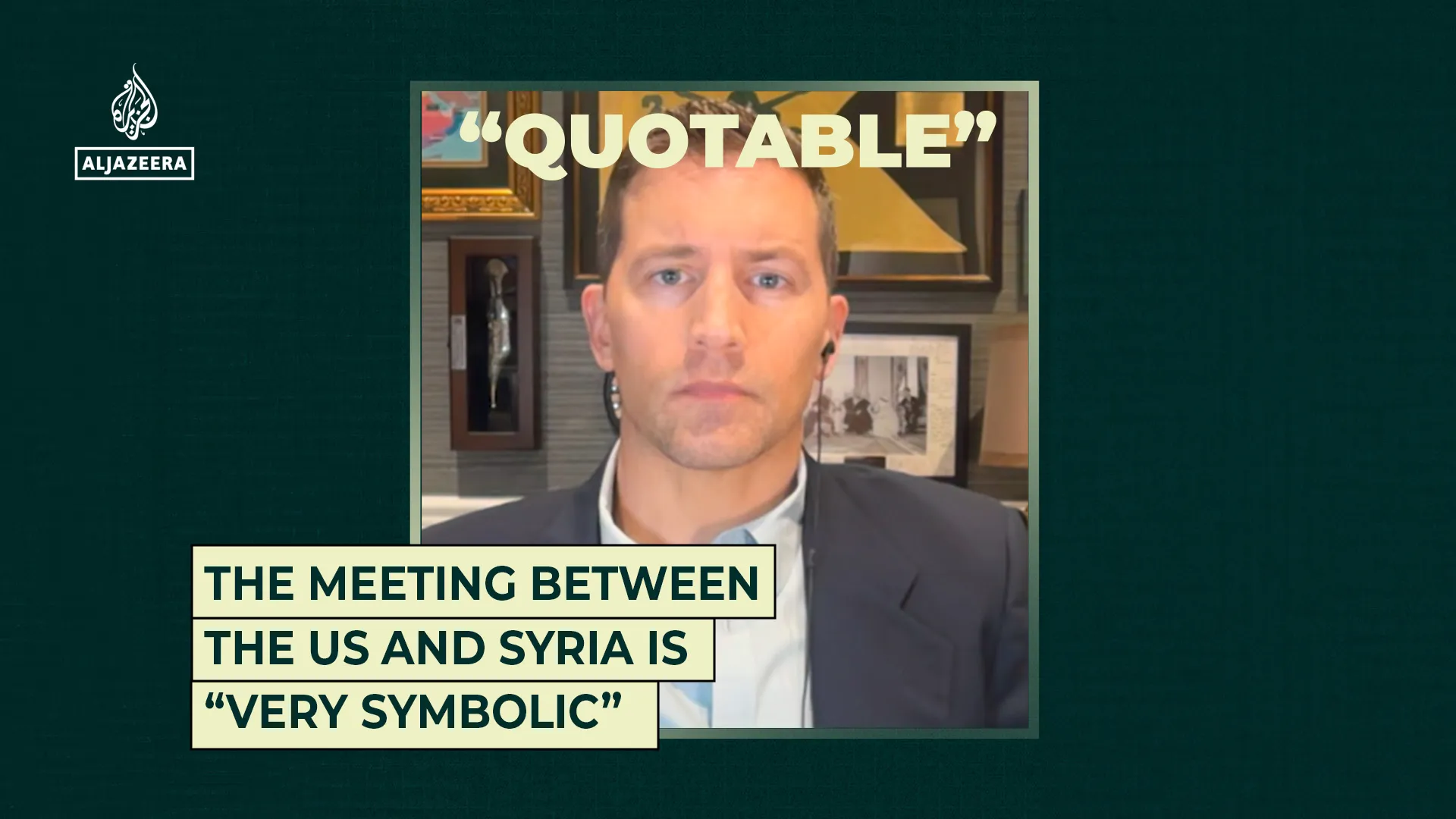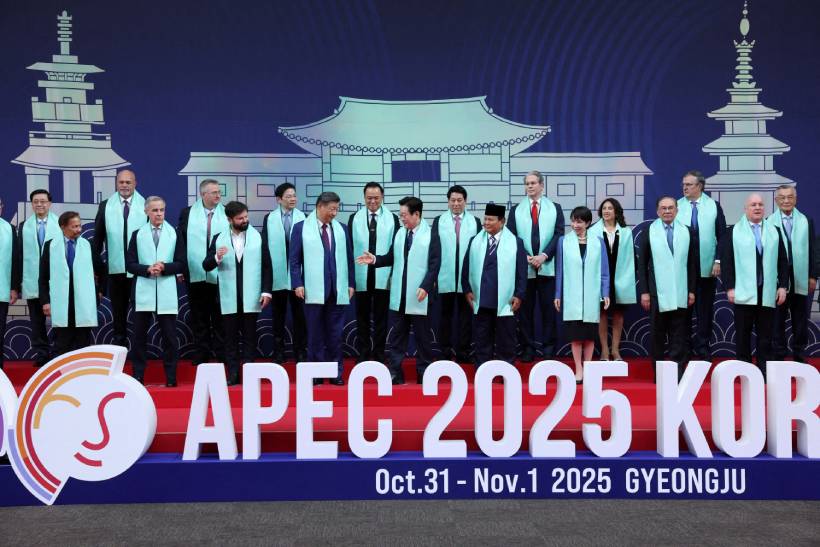Pope, Orthodox leader mark Christian milestone in historic Turkiye meeting | Religion News
First American pope urges Catholic Church in Turkiye to serve the most vulnerable, including migrants and refugees.
Published On 28 Nov 2025
Pope Leo XIV is set to join the leader of the world’s Orthodox Christians to celebrate the historic 1,700-year milestone since one of the early Church’s most important gatherings, on the second day of his visit to Turkiye.
The leader of the world’s 1.4 billion Catholics began his day on Friday by joining a prayer service at Istanbul’s Catholic Cathedral of the Holy Spirit.
Recommended Stories
list of 3 itemsend of list
The first American pope has chosen the Muslim-majority Turkiye as his first overseas destination, to be followed by Lebanon in the coming days, as he seeks to be a bridge-builder and a messenger of peace amid raging global conflict.
In Istanbul, police shut down a main artery of the country’s largest city to allow Leo’s entourage to pass. After the church service, he was scheduled to visit a nursing home and meet with Turkiye’s chief rabbi.
Pilgrims packed into Holy Spirit church while dozens more waited excitedly in the courtyard outside in the hope of getting a glimpse of the pontiff, getting up before dawn to be in the front line.
“It’s a blessing for us, it’s so important that the first visit of the pope is to our country,” a 35-year-old Turkish Catholic, Ali Gunuru, told AFP news agency.
Catherine Bermudez, a Filipino migrant worker in Istanbul, told Al Jazeera that she was “very excited” to be chosen as one of the parishioners to greet the pope inside the church.

Visibly moved by his reception at the church, Leo could be seen smiling and looking much more at ease than on Thursday, encouraging his flock not to be discouraged, saying “the logic of littleness is the church’s true strength”.
“The church in Turkiye is a small community, yet fruitful,” he said in his address, urging them to give “special attention” to helping migrants and refugees staying in Turkiye who number nearly three million, most of them Syrians.
Next papal stop in Iznik
Later on Friday, the 70-year-old pontiff will head to Iznik to celebrate the 1,700th anniversary of the First Council of Nicaea, a gathering of bishops who drew up a foundational statement of faith still central to Christianity today despite the separation of the Catholic and Orthodox churches.
Leo will be flown by helicopter to Iznik where he has been invited by the Patriarch Bartholomew I of Constantinople, leader of the world’s Orthodox Christians, to join an ecumenical prayer service by the ruins of a fourth-century basilica.
“When the world is troubled and divided by conflict and antagonism, our meeting with Pope Leo XIV is especially significant,” Patriarch Bartholomew told AFP news agency in an interview.
Reports said that Turkish police removed Mehmet Ali Agca, the man who shot and seriously wounded Pope John Paul II in Rome in 1981, from Iznik on Thursday.
Agca – who was released from prison in 2010 – said he had hoped to meet the pope, telling reporters that “I hope we can sit down and talk in Iznik, or in Istanbul, for two or three minutes.”
Pope Leo is the fifth pontiff to visit Turkiye, after Paul VI in 1967, John Paul II in 1979, Benedict XVI in 2006 and Francis in 2014.
